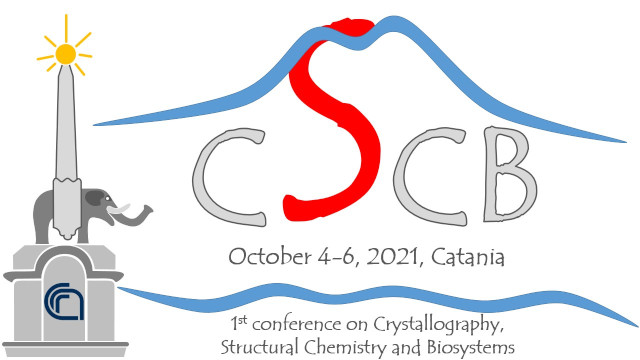Speaker
Description
Peptides may represent an opportunity for therapeutic intervention that closely mimics natural pathways.1 As a unique class of pharmaceutical compounds peptides are endowed with biochemically and therapeutically distinct properties with respect to small molecules or proteins. Peptides’ favourable pharmaceutical properties include high specificity and potency for their target, minimal potential for drug-drug interactions, lack of accumulation in tissues, and effectively metabolized by endogenous enzymes to non-toxic metabolites. On the other hand, peptide therapeutics may suffer unfavourable pharmaceutical drawbacks. These comprise instability and short duration of action, inability to cross cellular membranes, and potential for immunogenicity. Recent research in peptide chemistry has made advances to resolve these critical aspects. In particular, bio-conjugation can prolong peptides‘ plasma stability by preventing their degradation by exopeptidases. Bio-conjugated peptides play an important role in several fields of biomolecular and medicinal chemistry.2 In particular, peptide-based epitopes with covalently attached other moieties able to explicate additional or complementary functions, including BBB permeation, metal chelation or aggregates disassembling, targeted imaging and treatment, hold a promising potential for applications in Alzheimer’s disease (AD). AD has been proving to be extraordinarily refractory to any attempt aimed at halting or slowing the progression of the disease. In our laboratory, we have been synthesizing a variety of small peptides bio-conjugates differing by the peptide epitope or the conjugated scaffold.3,4 A range of molecular details, together with measured biological effects, have been listed with these systems, all of them accounting for the observed neuroprotection against the toxic insult induced by Aβ aggregation in primary cortical neurons. In this communication an overview of the design principles of the peptide conjugates, their neuroprotective activity and their capability in detecting Aβ peptide in solution are described in terms of potential use of these compounds as theranostic agents and for the targeted drug delivery.

